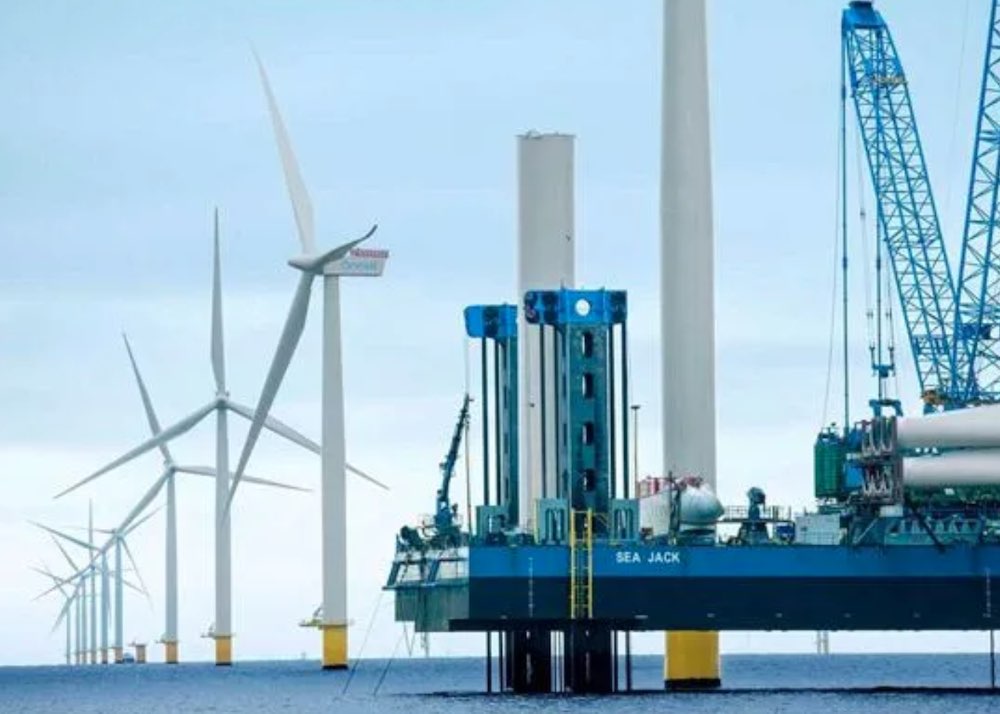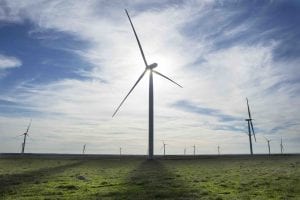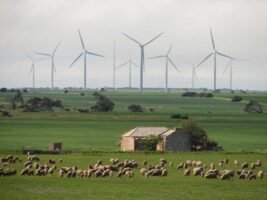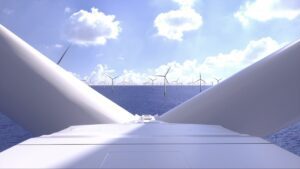Developers behind Australia’s most advanced offshore wind farm, the proposed 2.2GW Star of the South set to be built off the south coast of Gippsland in Victoria, have identified five ports that will play an important role in the project’s construction and operation.
Star of the South announced late last week that it had completed a year-long analysis of port options to support construction and operations.
The proposed Victorian Renewable Energy Terminal at Port of Hastings is the preferred primary construction port, with Geelong Port and the Port of Bell Bay also expected to play a role. Each of these is a deep-water port, necessary to cater to the large vessels that will be needed to transport and install offshore wind infrastructure.
The Port of Hastings is located in Western Port Bay, on the eastern side of the Mornington Peninsula and within proximity to both French and Phillip Islands. It is therefore the closest deep-water port to Australia’s first offshore wind development zone off the coast of Gippsland in Victoria’s south-east.
The Geelong Port is located much further away from the proposed wind farm, while the Port of Bell Bay is located in the north of Tasmania, 50-kilometres north of Launceston.
Two smaller ports in the Gippsland area – Barry Beach Marine Terminal and Port Anthony – have also been raised as possibilities to play host to the project’s Gippsland Operations Base, which will be where the day-to-day wind farm construction and operations activities will be based.
Star of the South expects around 200 long-term jobs will be created through the project’s development and managed from the Gippsland Operations Base.

“Right now, no ports are set up to handle offshore wind,” said Charles Rattray, CEO of Star of the South, who welcomed the Victoria government’s commitment to a dedicated Victorian Renewable Energy Terminal at Port of Hastings.
“Securing this new facility would ensure Victoria remains the leader of offshore wind in Australia. The Port of Hastings development will provide a fit-for-purpose facility that will meet the needs of this emerging industry.
“We’re very focused on delivering benefits to Gippsland, and our Gippsland Operations Base will bring long-term, good quality jobs and an economic boost to local towns and the region.”
There is similarly strong local support for Barry Beach Marine Terminal and Port Anthony to be used as the project’s Gippsland Operations Base, according to South Gippsland Shire Council Mayor, Cr Nathan Hersey.
“We consider the use of these locations the most appropriate and logical to achieve employment legacies and economic success for Gippsland,” said Hersey.
“The ports at Barry Beach are the only industrial ports within 10 hours sailing time from the Gippsland offshore renewable energy zone and are surrounded by viable industrial land. Their use has economic and environmental advantages and will help to minimise transport costs and maximise efficiencies.”
Star of the South will continue working with the five shortlisted ports as the project moves into the next phase of development.










